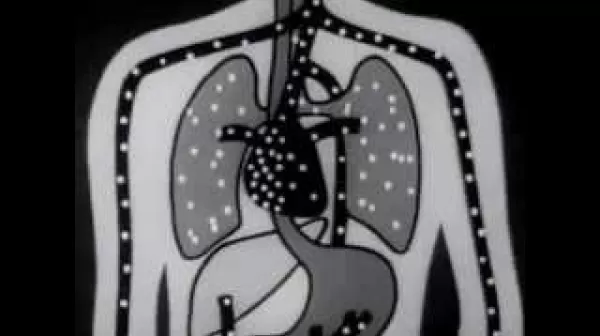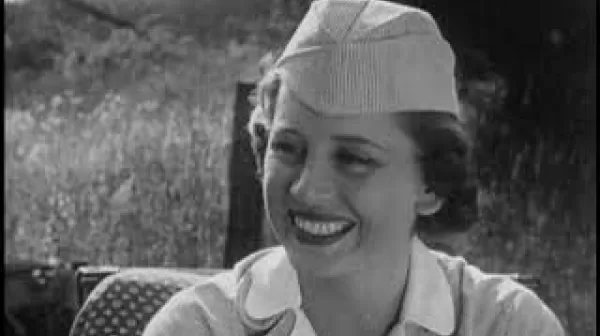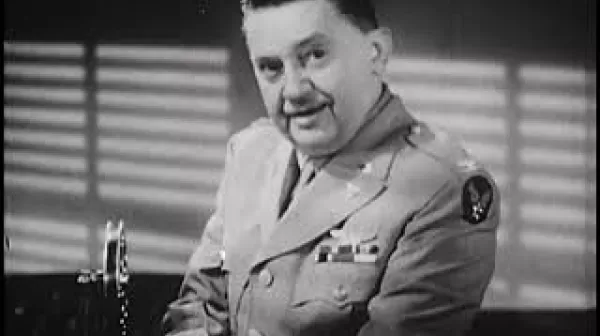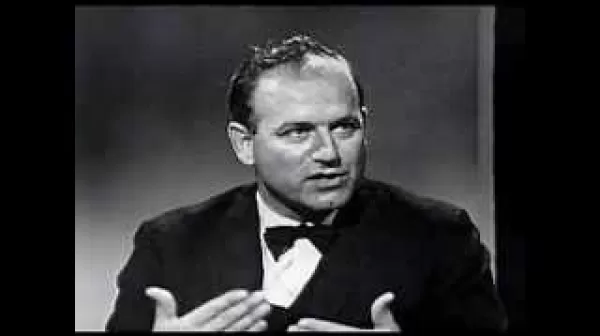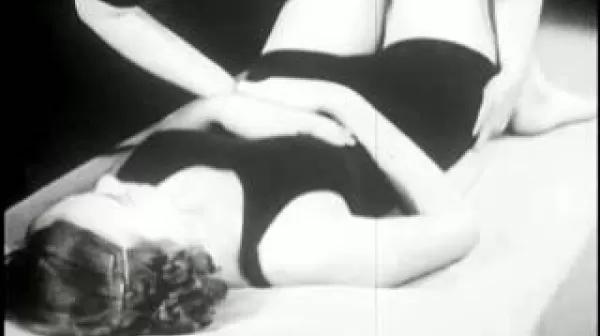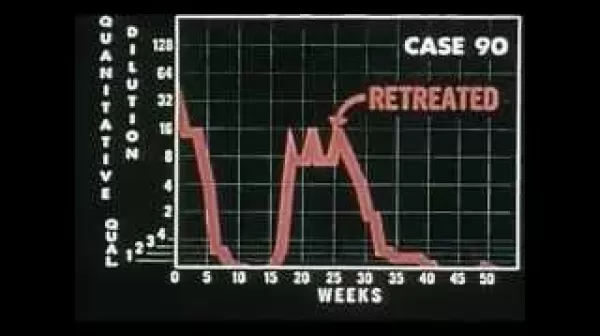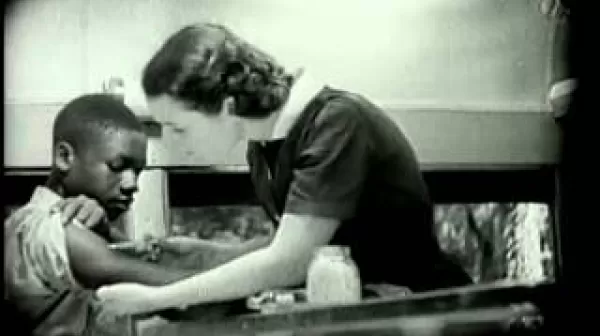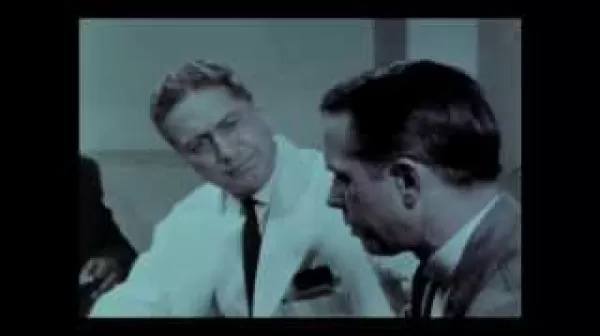Tobacco and the Human Body (Encyclopaedia Britannica Films, Inc., 1954)
This film starts with a look at the cultivation of tobacco and its role in the economy, and moves on to an examination of the many substances found in cigarettes, how those substances are transformed by burning, and the harmful effect of smoking on the body. Effects on the nervous, cardiac, and respiratory systems are described and shown with animated sequences. Animal experiments that illustrate the physiological impact of nicotine, tar, and other substances are shown.

